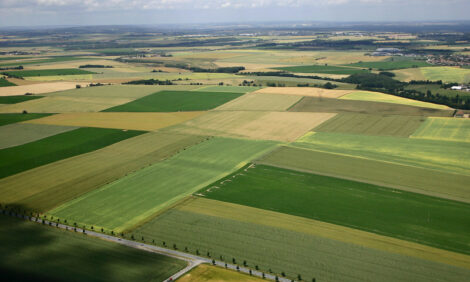



LMC Report: Weather Affects World's Beef
UK - The weather in NI over the last month has been a source of concern for beef producers anxious to keep their cattle out at grass. The unseasonably wet weather in late April and early May has meant that beef farmers have been hit with a “double whammy”.Not only are farmers counting the cost of using winter feed for cattle brought back into sheds during the wet weather, their cattle are also missing out on the benefits normally provided by high quality grass at this time of year. The wet weather has also stalled progress on silage production, leading to the possibility that less silage will be available for next winter and concerns that any silage that is cut will be of poorer quality.
These problems are being shared by farmers throughout the UK and Ireland. However, in the southern hemisphere it is drought that is causing major problems for farmers. In South America, Australia and New Zealand extreme weather is having a direct bearing on production this year and the adverse impact will carry over into next year also.
Drought driving down Argentinean beef output
Argentinean beef producers remain caught up in the worst drought for 50 years. Up to two million head of cattle have died as a direct result of the dry weather, close to four per cent of the total herd. With many of the 55m strong herd weakened and the fertility of cows reduced, fewer than 10 million calves will be born in the coming months. This is around three million calves fewer than normal, so the direct and indirect damage caused by the drought will reduce the herd by 10 per cent.
The drought has exacerbated trading conditions for Argentinean producers. Beef production has already been reduced by the Argentinean government’s drive to control inflation through export restriction which has resulted in producers exiting the industry. These policies, coupled with the weather conditions, have meant that cattle numbers have fallen heavily in recent years. Some analysts now forecast that Argentina, which was one of the world’s leading beef exporters until recent years, will need to import at least 1,000 tonnes of beef to meet domestic demand in 2010. This represents an opportunity for NI processors to access markets vacated by Argentina.
Further Reading
| - | You can view the full report by clicking here. |
TheCattleSite News Desk


